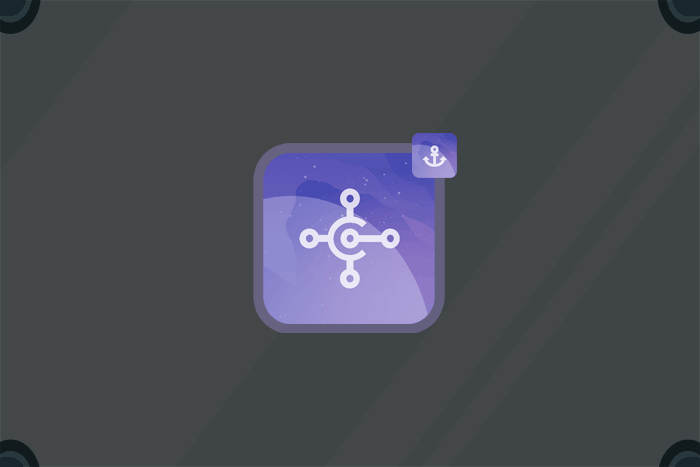
Not all integrations are created equal, and not all iPaaS platforms are built to handle the unique needs of fast-moving SaaS companies.
Whether you’re a B2B startup or an established platform, a flexible iPaaS can dramatically simplify and scale your integration strategy.
Here are five areas where an iPaaS can supercharge your SaaS offering:
1. Customer Onboarding Automation
First impressions matter. A clunky onboarding process that requires your users to email API keys or wait for manual setup is a churn risk. A good iPaaS lets you embed onboarding flows right inside your UI, enabling users to connect their tools in seconds.
2. CRM and Billing Sync
Salesforce, HubSpot, Stripe, Chargebee, Younium – keeping data consistent across tools is critical. With prebuilt connectors and custom flow logic, an iPaaS can automatically sync customer records, billing status, and plan changes across your stack without human involvement.
3. Embedded Integrations as a Product Feature
Customers expect your product to “just work” with their favorite tools. With an iPaaS, you can offer dozens of integrations out of the box without building and maintaining them all in-house. Better yet, with a low-code editor, you can customize the experience as needed.
4. Event-Based Product Workflows
Need to trigger internal workflows when a user hits a milestone in your app? Or send real-time usage data to analytics and CRM platforms? A flexible iPaaS lets you wire up event-driven flows using webhooks and conditional logic, no need to involve your core engineering team.
5. Partner Integrations at Scale
As your partner ecosystem grows, so do integration demands. With an iPaaS, you can create reusable templates and let your tech partners build on top of your integration layer, scaling integrations without scaling headcount.
See what Strawbay brings
These examples are just the beginning. A modern iPaaS unlocks new business models, reduces churn, and accelerates product delivery. Learn more about how Strawbay can give you an competitive advantage.




